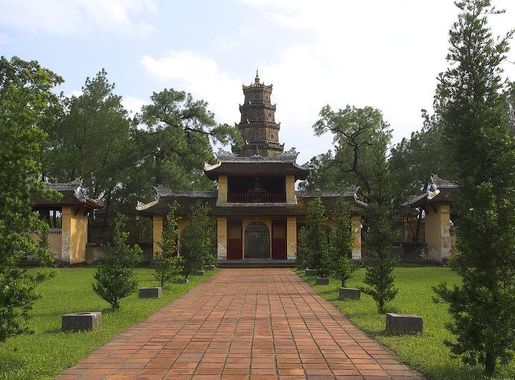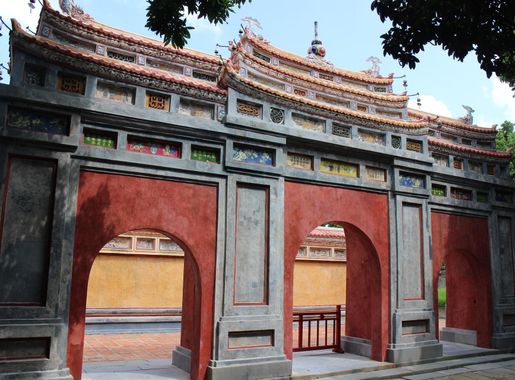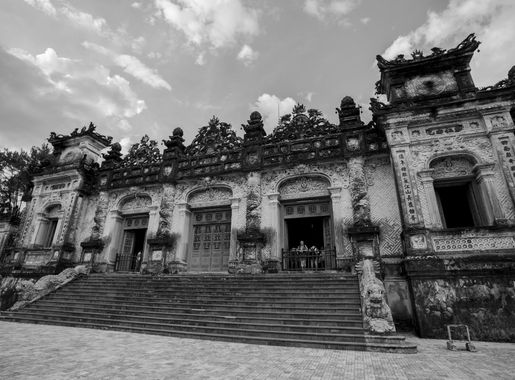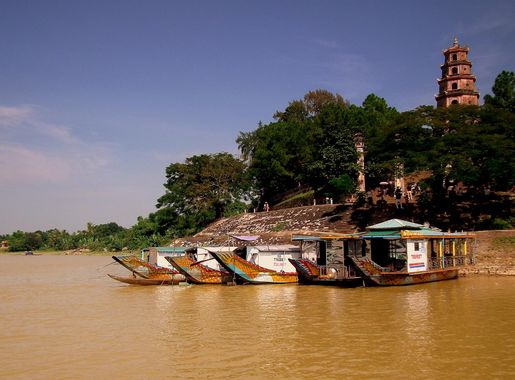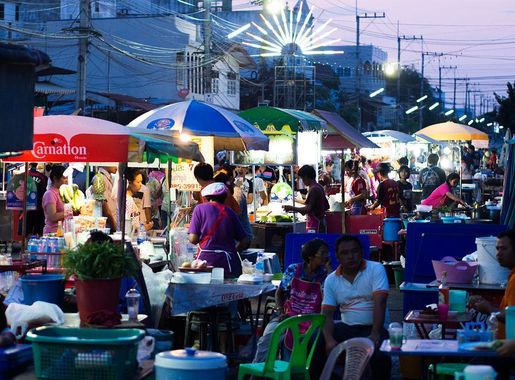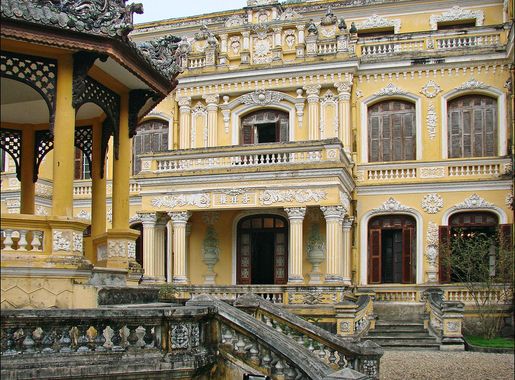
Phú Hương: The Hidden Gem of Hue
Explore Phú Hương in Hue, Vietnam: A vibrant neighborhood rich in history, culture, and culinary delights, perfect for immersing yourself in the authentic Vietnamese experience.
Nestled in the heart of the historic city of Hue, Phú Hương is a neighborhood that perfectly encapsulates Vietnam's rich cultural heritage and vibrant community life. As you stroll through its narrow streets, you'll encounter a harmonious blend of ancient traditions and modern living. The area is known for its beautiful pagodas, traditional Vietnamese houses, and lively markets, offering a glimpse into the daily lives of the local people. Phú Hương is also a culinary paradise, with an array of street food stalls and family-run restaurants serving up mouth-watering local dishes. From the famous Bun Bo Hue, a spicy beef noodle soup, to delicate banh khoai, crispy Vietnamese pancakes, the neighborhood is a food lover's dream. Don't miss the chance to try fresh fruit from the outdoor markets, where vendors display a colorful array of tropical delights. In addition to its gastronomic offerings, Phú Hương is a haven for history buffs. The neighborhood is home to several historical sites, including ancient temples and colonial-era buildings. A visit to Phú Hương provides a unique opportunity to immerse yourself in the rich tapestry of Hue's history and culture, making it a must-visit destination for any traveler.
Local tips in Phú Hương
- Visit early in the morning to experience the neighborhood's bustling markets at their liveliest.
- Wear comfortable shoes as the best way to explore Phú Hương is on foot.
- Try to learn a few basic Vietnamese phrases to enhance your interactions with local vendors.
- Bring cash, as many small vendors and street food stalls do not accept credit cards.
- Respect local customs, especially when visiting temples; dress modestly and remove shoes before entering.
Phú Hương: The Hidden Gem of Hue
Nestled in the heart of the historic city of Hue, Phú Hương is a neighborhood that perfectly encapsulates Vietnam's rich cultural heritage and vibrant community life. As you stroll through its narrow streets, you'll encounter a harmonious blend of ancient traditions and modern living. The area is known for its beautiful pagodas, traditional Vietnamese houses, and lively markets, offering a glimpse into the daily lives of the local people. Phú Hương is also a culinary paradise, with an array of street food stalls and family-run restaurants serving up mouth-watering local dishes. From the famous Bun Bo Hue, a spicy beef noodle soup, to delicate banh khoai, crispy Vietnamese pancakes, the neighborhood is a food lover's dream. Don't miss the chance to try fresh fruit from the outdoor markets, where vendors display a colorful array of tropical delights. In addition to its gastronomic offerings, Phú Hương is a haven for history buffs. The neighborhood is home to several historical sites, including ancient temples and colonial-era buildings. A visit to Phú Hương provides a unique opportunity to immerse yourself in the rich tapestry of Hue's history and culture, making it a must-visit destination for any traveler.
Iconic landmarks you can’t miss
Hue Historic Citadel
Discover Vietnam's royal past at the Hue Historic Citadel, a UNESCO World Heritage site filled with history, beauty, and cultural richness.

Đại Nội
Explore the imperial history and stunning architecture of Đai Nội, a UNESCO World Heritage Site in Hue, Vietnam, rich in culture and beauty.
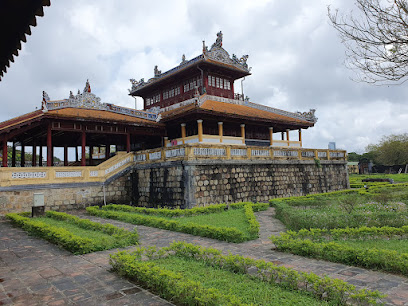
Phu Cam Cathedral
Discover the architectural beauty and spiritual essence of Phu Cam Cathedral, a must-visit landmark in Hue, Vietnam.
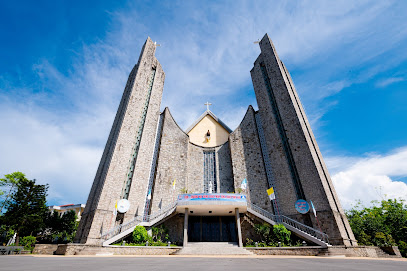
Hue Night Walking Street
Experience the vibrant culture and delicious cuisine at Hue Night Walking Street, an enchanting evening destination in the heart of Vietnam.
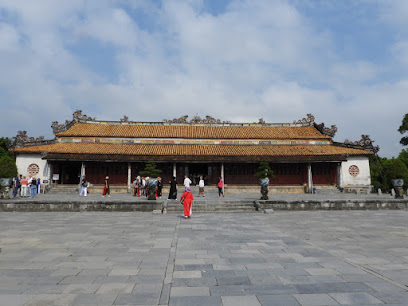
Nguyen Dinh Chieu Walking Street
Experience the vibrant Nguyen Dinh Chieu Walking Street in Hue, Vietnam, where local culture, delicious food, and stunning river views come together.

Perfume River Pedestrian Bridge
Discover the picturesque Perfume River Pedestrian Bridge in Hue, Vietnam, a serene spot for stunning views, leisurely walks, and cultural exploration.
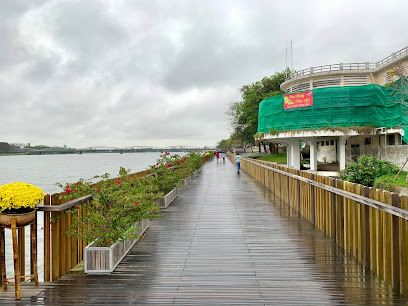
Phu Van Lau
Discover the historical beauty of Phu Van Lau, a stunning pavilion that reflects the glory of Vietnam's Nguyen Dynasty by the Perfume River.
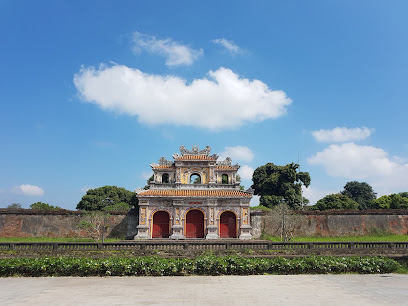
Your My Local Tours
Immerse yourself in the beauty and culture of Vietnam with Your My Local Tours, where unforgettable adventures await every traveler.
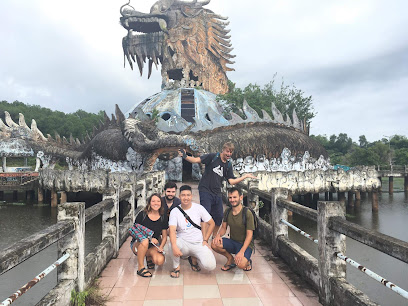
Huong Non Tram Huong Hue - Incense Village
Explore the fragrant heritage of Huong Non Tram Huong Hue, a traditional incense village in Vietnam, where craftsmanship meets culture.
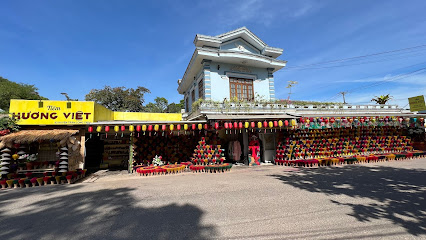
Cầu Trường Tiền
Discover the charm and history of Cầu Trường Tiền, a stunning bridge connecting the past with the vibrant present in Hue, Vietnam.
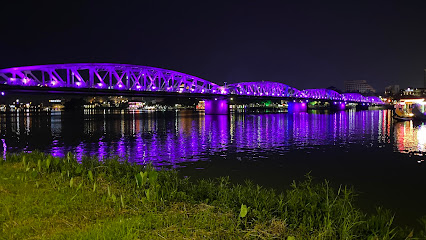
Unmissable attractions to see
Đại Nội
Explore the Imperial City of Hue, a UNESCO World Heritage Site, rich in history and stunning architecture that showcases Vietnam's royal legacy.
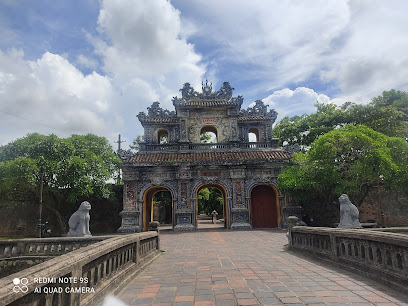
Phu Cam Cathedral
Explore Phu Cam Cathedral, a stunning blend of gothic architecture and spiritual serenity in the heart of Hue, Vietnam, rich in history and culture.
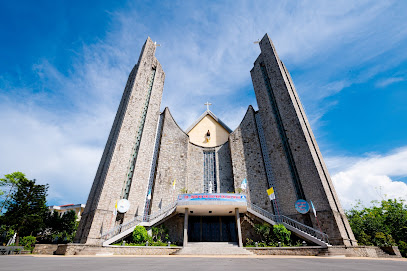
Nguyen Dinh Chieu Walking Street
Discover the charm of Nguyen Dinh Chieu Walking Street in Hue, Vietnam, where culture, cuisine, and captivating views merge into an unforgettable evening.
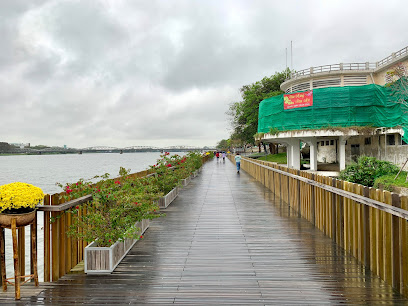
Hồ Chí Minh Museum
Explore the legacy of Hồ Chí Minh at this insightful museum in Huế, Vietnam, showcasing the nation's path to independence through engaging exhibits.
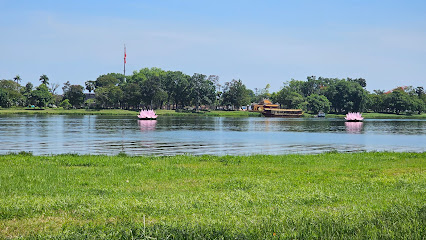
Phủ Tuy Lý Vương
Discover the enchanting Phủ Tuy Lý Vương, a historical landmark in Hue, Vietnam that showcases the rich royal heritage and stunning architecture.
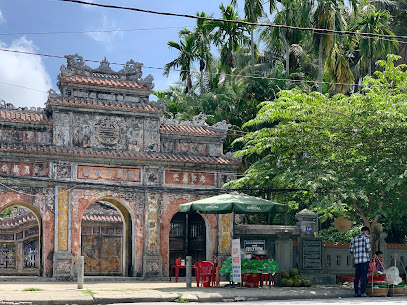
Essential places to dine
Maison Trang
Discover authentic Vietnamese cuisine at Maison Trang in Hue - a must-visit destination for food lovers seeking local flavors.
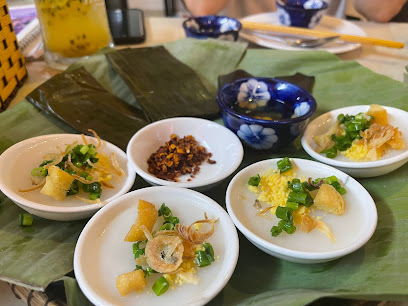
Little Italy Restaurant - Nhà hàng Ý
Savor the essence of Italy at Little Italy Restaurant in Hue—where authentic flavors meet Vietnamese charm.
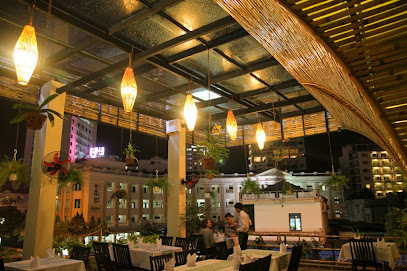
Bistro La Carambole
Discover authentic Vietnamese cuisine at Bistro La Carambole in Hue - a culinary haven blending tradition with a modern twist.
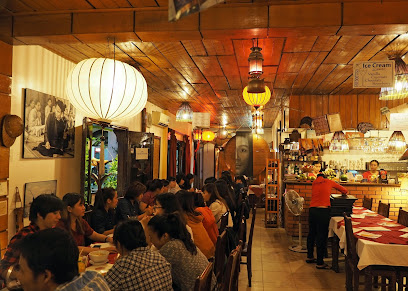
Zucca Restaurant
Discover the exquisite blend of Vietnamese and Italian flavors at Zucca Restaurant in Huế - where every dish tells a story.
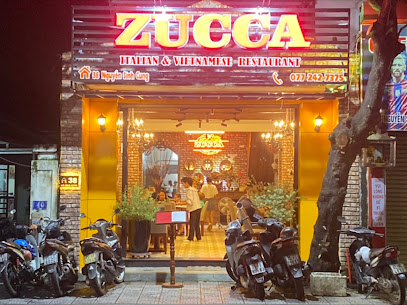
Song Huong Floating Restaurant
Experience authentic Vietnamese flavors amidst stunning riverside views at Song Huong Floating Restaurant in beautiful Huế.
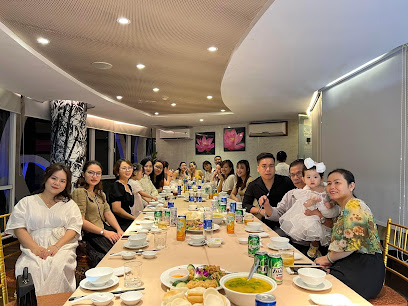
Hoàng Phú Restaurant Huế
Discover authentic Huế cuisine at Hoàng Phú Restaurant - where tradition meets flavor in every dish.
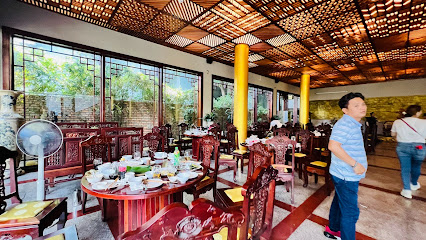
Serene cuisine restaurant
Experience authentic Vietnamese cuisine at Serene Cuisine Restaurant in Huế, where tradition meets flavor in every dish.
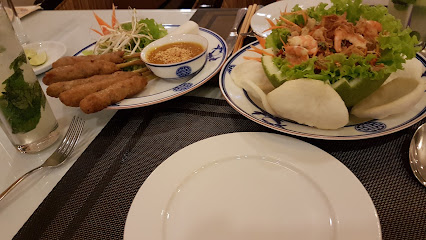
Tân Đông Dương Restaurant
Discover authentic Vietnamese cuisine at Tân Đông Dương Restaurant in Huế – where every dish tells a story.
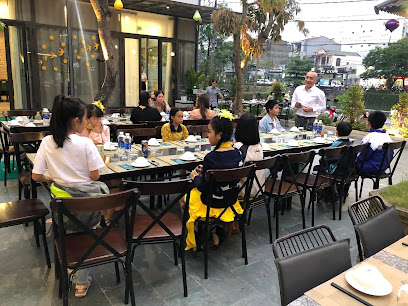
Junrei Restaurant at the Pilgrimage Village
Experience authentic Vietnamese cuisine amidst breathtaking scenery at Junrei Restaurant in Pilgrimage Village, Huế.
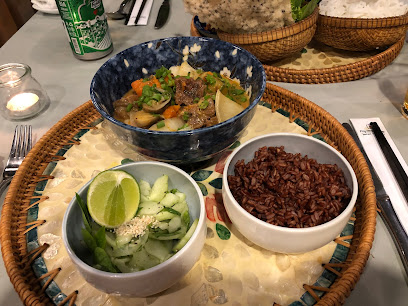
đặc sản dê hương sơn
Experience authentic Vietnamese cuisine at Dê Hương Sơn in Huế - where goat dishes are crafted with love and tradition.

Markets, malls and hidden boutiques
Quà Lưu Niệm Cố Đô Huế
Discover the essence of Hue at Quà Lưu Niệm Cố Đô Huế, where cultural treasures and unique souvenirs await.
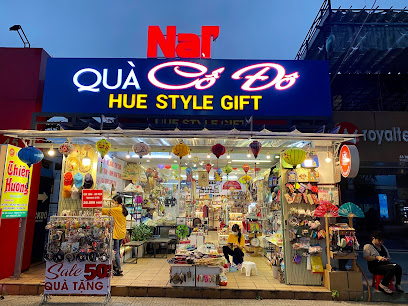
Moss Huế - Phụ kiện Quà tặng
Explore Moss Huế for unique gifts, fashionable accessories, and local treasures that capture the spirit of Vietnam in every purchase.
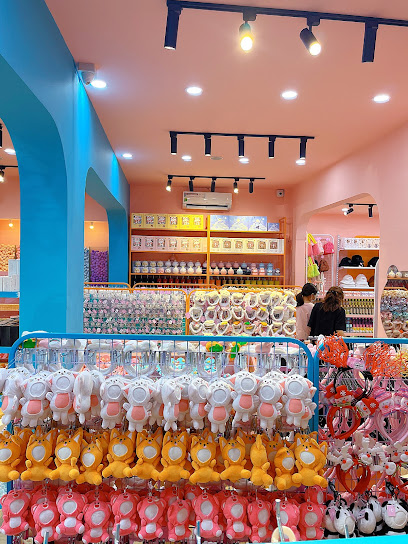
Áo dài Hương Cố Đô
Explore the elegance of traditional Vietnamese fashion at Áo Dài Hương Cố Đô, a must-visit boutique in Huế, specializing in exquisite áo dài.
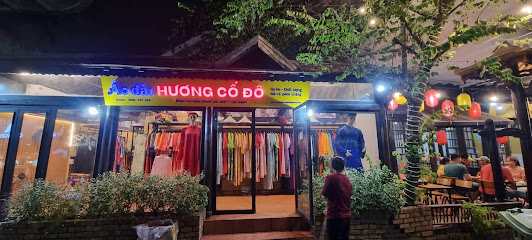
Phu Huong Electronic Store - VTC Digital Agent
Explore top-notch electronics and exceptional service at Phu Huong Electronic Store in Huế, Vietnam - a tech haven for every traveler.
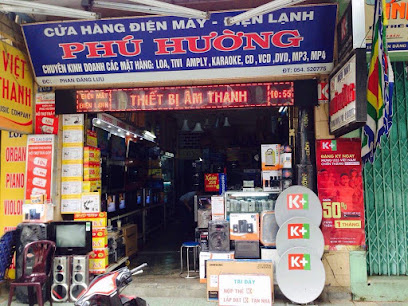
Vắt sổ, cuốn biên, làm khuy Kỳ Hương
Experience the artistry of Vietnamese textiles at Vắt sổ, cuốn biên, làm khuy Kỳ Hương in Huế - a must-visit clothing store for unique fashion.

Đông Trùng Hạ Thảo Nhất Thiên Hương
Explore the unique world of traditional Vietnamese medicine at Đông Trùng Hạ Thảo Nhất Thiên Hương, specializing in cordyceps and other herbal wonders.
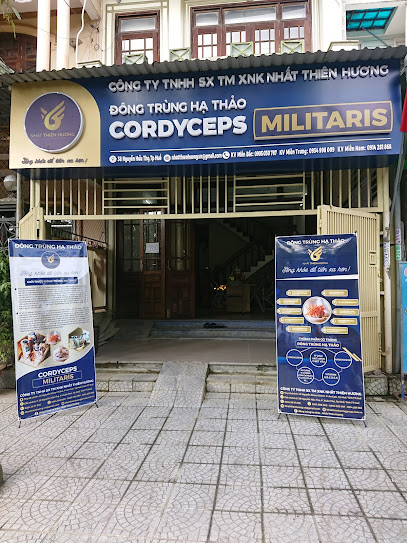
CỬA HÀNG LÊ TRANG Chợ Đông Ba
Discover unique home goods and traditional Vietnamese craftsmanship at CỬA HÀNG LÊ TRANG, a must-visit destination in the heart of Huế.
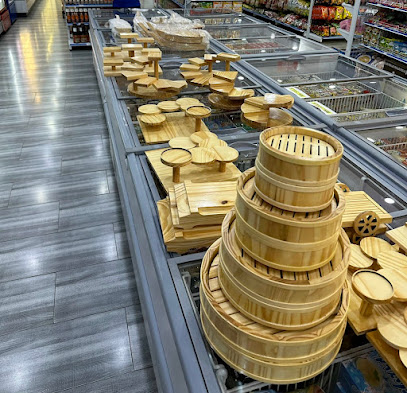
My Huong Boutique
Discover unique clothing inspired by Vietnamese culture at My Huong Boutique, a must-visit fashion destination in the heart of Hue.
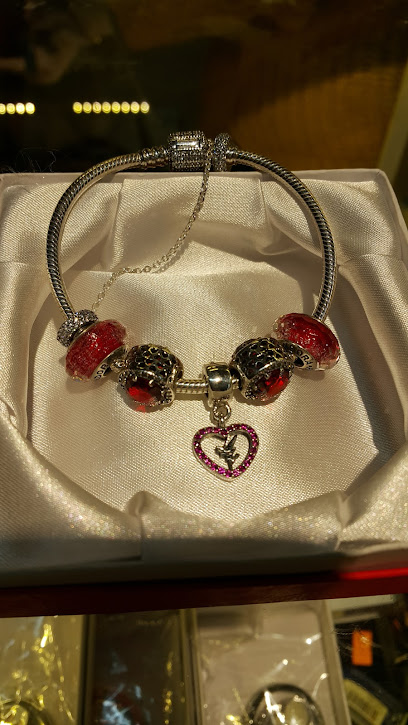
Thien Huong
Explore Thien Huong Gift Shop for unique handcrafted treasures and authentic Vietnamese souvenirs in the heart of Hue.

Đặc Sản Cố Đô
Discover local flavors and unique crafts at Đặc Sản Cố Đô, the ultimate shopping destination in Huế, Vietnam, combining culture, cuisine, and creativity.

Essential bars & hidden hideouts
DMZ Bar & Restaurant
Discover the lively charm of DMZ Bar & Restaurant in Huế, where delicious meals and a vibrant atmosphere await every visitor.
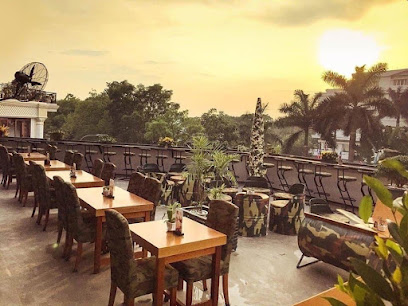
The Chàm Craft Beer and Whisky
Discover Huế's vibrant nightlife at The Chàm Craft Beer and Whisky, where local brews meet global whiskies in a stylish setting.

Secret Lounge Hue
Explore the vibrant Secret Lounge Hue, where delightful dishes and refreshing drinks await in a lively, inviting atmosphere in Hue, Vietnam.
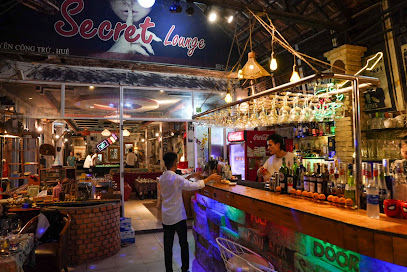
Song Huong Floating Restaurant
Experience authentic Vietnamese cuisine at the Song Huong Floating Restaurant, where delicious food meets breathtaking views on the tranquil waters of Huế.

AURA - Mixology & Karaoke
Experience the best of Hue's nightlife at AURA - Mixology & Karaoke, where creative cocktails and lively karaoke nights await.
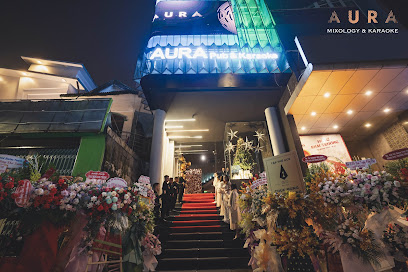
Brown Eyes Bar
Discover the vibrant nightlife at Brown Eyes Bar in Hue, where music, cocktails, and a lively crowd await your arrival.
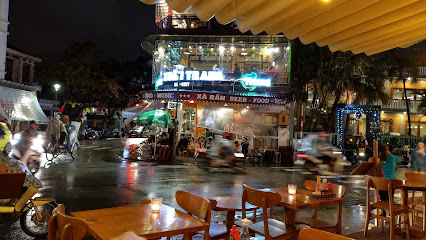
Bar Asta
Experience the vibrant nightlife of Huế at Bar Asta, where great music and a lively atmosphere come together for an unforgettable night.

Đông Bar - Unlock The Vibes
Experience the best of Huế's nightlife at Đông Bar with creative cocktails, vibrant music, and a lively atmosphere perfect for socializing.
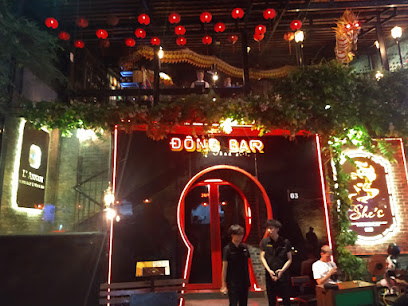
Sky Bar Vincom Plaza Huế
Experience breathtaking views and exquisite cocktails at Sky Bar Vincom Plaza Huế, the perfect rooftop escape in Vietnam's cultural capital.
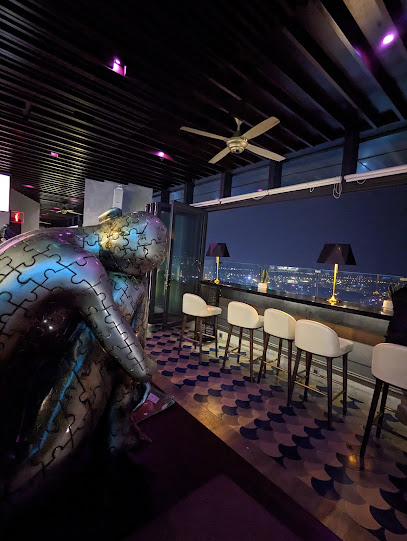
Bê Thui Phú Quý
Discover the authentic flavors of Vietnam at Bê Thui Phú Quý, a charming brewpub in Huế offering delicious food and local brews.
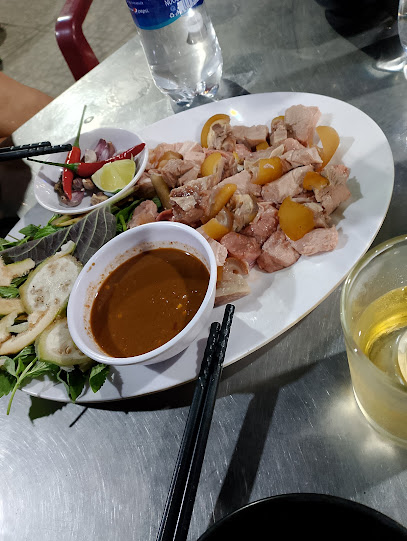
Local Phrases
-
- HelloXin chào
[sin chow] - GoodbyeTạm biệt
[tam byet] - YesCó
[koh] - NoKhông
[kohng] - Please/You're welcomeXin vui lòng
[sin vui long] - Thank youCảm ơn
[kam uhn] - Excuse me/SorryXin lỗi
[sin loy] - How are you?Bạn khỏe không?
[ban kweh kohng] - Fine. And you?Khỏe. Còn bạn?
[kweh. kohn ban] - Do you speak English?Bạn có nói tiếng Anh không?
[ban koh noy tyeng ang kohng] - I don't understandTôi không hiểu
[toy kohng hyehu]
- HelloXin chào
-
- I'd like to see the menu, pleaseTôi muốn xem menu, vui lòng
[toy muhn sem menu, vwee long] - I don't eat meatTôi không ăn thịt
[toy kohng an tit] - Cheers!Chúc sức khỏe!
[chuk sook kweh] - I would like to pay, pleaseTôi muốn thanh toán, vui lòng
[toy muhn tanh toan, vwee long]
- I'd like to see the menu, pleaseTôi muốn xem menu, vui lòng
-
- Help!Cứu!
[kyoo] - Go away!Đi đi!
[dee dee] - Call the Police!Gọi cảnh sát!
[goy kenh sat] - Call a doctor!Gọi bác sĩ!
[goy bahk see] - I'm lostTôi lạc đường
[toy lak doong] - I'm illTôi ốm
[toy ohm]
- Help!Cứu!
-
- I'd like to buy...Tôi muốn mua...
[toy muhn mwa] - I'm just lookingTôi chỉ xem
[toy chee sem] - How much is it?Bao nhiêu tiền?
[bau nyew tyen] - That's too expensiveĐắt quá
[dat kwa] - Can you lower the price?Giảm giá được không?
[yem zah duoc kohng]
- I'd like to buy...Tôi muốn mua...
-
- What time is it?Bây giờ là mấy giờ?
[bai zoh la may zoh] - It's one o'clockBây giờ là một giờ
[bai zoh la mot zoh] - Half past (10)Mười giờ rưỡi
[mooee zoh rwee] - MorningBuổi sáng
[buoy sang] - AfternoonBuổi chiều
[buoy chee-oo] - EveningBuổi tối
[buoy toy] - YesterdayHôm qua
[hom wah] - TodayHôm nay
[hom nai] - TomorrowNgày mai
[nyai mai] - 1Một
[mot] - 2Hai
[hai] - 3Ba
[ba] - 4Bốn
[bon] - 5Năm
[nam] - 6Sáu
[sow] - 7Bảy
[bay] - 8Tám
[tam] - 9Chín
[cheen] - 10Mười
[mooee]
- What time is it?Bây giờ là mấy giờ?
-
- Where's a/the...?Ở đâu có...
[oh dow koh] - What's the address?Địa chỉ là gì?
[dee-ah chee la zee] - Can you show me (on the map)?Bạn có thể chỉ cho tôi (trên bản đồ) không?
[ban koh thee chee choh toy (tren ban do) kohng] - When's the next (bus)?Khi nào có chuyến (xe buýt) tiếp theo?
[khe nah koh chuyen (seh buht) tieep the-ow] - A ticket (to ....)Một vé (đến ....)
[mot veh (den ....)]
- Where's a/the...?Ở đâu có...
History of Phú Hương
-
Phú Hương, located near the ancient capital of Huế, has roots tracing back to the Nguyễn Dynasty (1802-1945). Established as a residential area for the royal court officials, this neighborhood reflects the traditional Vietnamese lifestyle that thrived during the dynasty's reign. Its proximity to the Perfume River and the Imperial City contributed to its strategic importance.
-
During the Nguyễn Dynasty, Phú Hương became a center for cultural activities and traditional crafts. The area was known for its artisans who specialized in silk weaving and wood carving, contributing to the rich tapestry of Vietnamese culture. The neighborhood's architecture, characterized by traditional wooden houses, showcases the influence of the period.
-
The arrival of French colonialism in the late 19th century brought significant changes to Phú Hương. The French introduced new architectural styles and urban planning concepts, which influenced the layout of the neighborhood. Despite these changes, Phú Hương retained its cultural identity, as locals adapted French influences into their traditional practices.
-
Phú Hương, like much of Huế, experienced turmoil during the Vietnam War. The neighborhood witnessed significant events, including the Tet Offensive in 1968. As a strategic location, it became a site of conflict, affecting the local population and contributing to the broader narrative of resilience among the citizens of Huế.
-
In recent years, Phú Hương has seen efforts to revitalize its cultural heritage. Local initiatives aimed at preserving traditional crafts and promoting tourism have emerged, fostering a renewed interest in the neighborhood's history. Community festivals celebrating local customs and cuisine highlight Phú Hương's importance in the cultural landscape of Huế.
Phú Hương Essentials
-
Phú Hương is easily accessible from other neighborhoods in Hue. You can take a taxi or a motorbike taxi (xe ôm) from the city center, which generally takes about 15-20 minutes depending on traffic. Local buses also run routes to Phú Hương, with stops at various points in the neighborhood. For those coming from Hue's train station, taxis are the most convenient option, while larger groups might consider renting a van.
-
Phú Hương is a small neighborhood that is best explored on foot or by bicycle. You can rent bicycles from local shops or hotels to enjoy leisurely rides along the scenic roads. While local buses operate, they may not be the most convenient for short distances. Taxis and motorbike taxis are readily available for longer trips or if you prefer not to walk.
-
Phú Hương is generally safe for tourists, with low crime rates. However, it’s wise to stay cautious, especially at night. Avoid poorly lit areas and keep your belongings secure. While most interactions with locals are friendly, it’s advisable to be wary of overly aggressive sales tactics in tourist-heavy areas.
-
In case of an emergency, dial the local emergency number 113 for police assistance, 115 for medical emergencies, and 114 for fire services. Familiarize yourself with the location of the nearest hospital or clinic. Having travel insurance that covers health emergencies is strongly recommended. English-speaking staff may be limited, so having a local contact or guide can be very helpful.
-
Fashion: Do dress modestly, especially when visiting temples or local homes. Avoid revealing clothing. Religion: Do respect local customs; removing shoes before entering homes or temples is customary. Public Transport: Do be polite and give up your seat to the elderly. Don't eat or drink on public buses. Greetings: Do greet with a smile and a slight bow. Avoid loud gestures or displays of anger. Eating & Drinking: Do try local specialties and accept invitations to share meals. Don't waste food or refuse hospitality.
-
To experience Phú Hương like a local, visit the market early in the morning to see locals buying fresh produce and street food. Engage with vendors and try local delicacies. Consider joining a cooking class to learn how to make traditional Vietnamese dishes. Don’t miss the chance to explore nearby rice paddies and interact with local farmers. For a unique experience, participate in a local festival if your visit coincides with one.
Nearby Cities to Phú Hương
-
Things To Do in Da Nang
-
Things To Do in Hoi An
-
Things To Do in Tam Ky
-
Things To Do in Pakse
-
Things To Do in Champasak
-
Things To Do in Savannakhet
-
Things To Do in Thakhek
-
Things To Do in Ubon Ratchathani
-
Things To Do in Quy Nhon
-
Things To Do in Buon Ma Thuot
-
Things To Do in Kratie
-
Things To Do in Nha Trang
-
Things To Do in Ha Long
-
Things To Do in Dalat
-
Things To Do in Udon Thani

